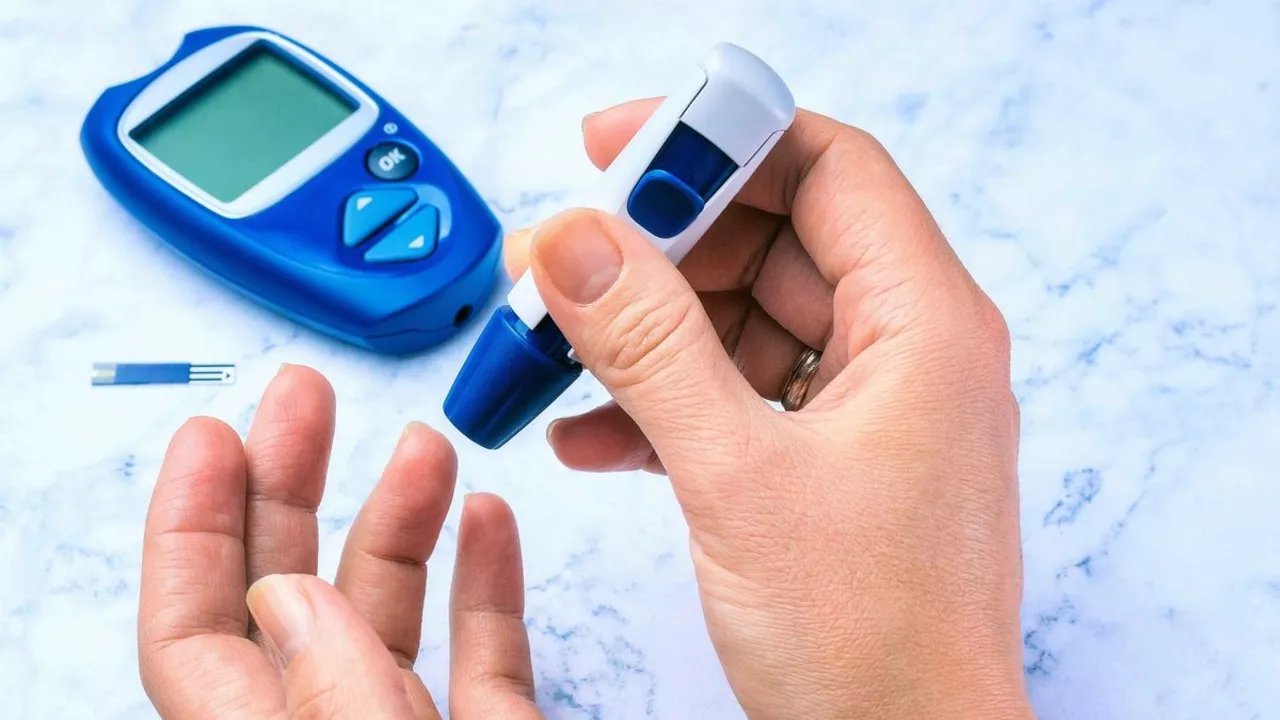Simvastatin – What It Does and How to Take It Safely
If your doctor mentioned simvastatin, they’re probably trying to lower your bad cholesterol (LDL). This pill belongs to the statin family and works by slowing down how your liver makes cholesterol. Lower LDL means a smaller chance of heart attacks or strokes.
How Simvastatin Works
The drug blocks an enzyme called HMG‑CoA reductase, which is a key step in cholesterol production. By cutting that step, less cholesterol ends up in your blood. The effect isn’t instant – it can take 2–4 weeks to see real numbers drop, so patience matters.
Because simvastatin targets the liver, you’ll often hear doctors say not to drink a lot of alcohol while on it. Alcohol adds stress to the liver and may raise the risk of muscle problems, one of the rarer side effects of statins.
Key Dosage Tips & Common Side Effects
The usual starting dose is 20 mg once daily, taken in the evening. Some people need as little as 5 mg, while others go up to 40 mg if cholesterol stays high. Always follow what your doctor prescribes – don’t change the dose on your own.
Take simvastatin with a glass of water and try to stick to the same time each night. Eating doesn’t matter much, but a heavy, fatty meal can slow absorption a bit, so many prefer taking it after dinner.
Most folks feel fine, but watch out for muscle aches, weakness, or dark urine. Those could signal a rare condition called rhabdomyolysis, which needs medical attention right away. Mild headache and stomach upset happen occasionally, too.
If you’re on other medicines like certain antibiotics, antifungals, or HIV drugs, they might boost simvastatin levels in your blood. That can increase side‑effect risk, so tell your pharmacist about every prescription and supplement you use.
Pregnant or breastfeeding women should avoid simvastatin – it can harm the baby. For kids under 18, this drug isn’t usually approved unless a specialist says otherwise.
Regular check‑ups are key. Your doctor will likely ask for blood tests after a month to see how LDL is responding and to monitor liver enzymes. If numbers aren’t improving, they might adjust the dose or try a different statin.
In short, simvastatin can be a powerful ally against high cholesterol when you use it correctly. Stick to your doctor’s plan, report any weird symptoms, and keep up with lab tests. That way you get the heart‑protecting benefits without unnecessary hassle.

Simvastatin and Diabetes: Can it Help Manage Blood Sugar Levels?
In my recent exploration, I delved into the relationship between Simvastatin, a drug typically used to lower cholesterol levels, and diabetes. Surprisingly, studies suggest that Simvastatin may also have potential benefits in managing blood sugar levels. This could be a game-changer for those struggling with diabetes, as this drug may offer an additional tool to keep blood sugar levels in check. However, like any medication, it's important to understand its side effects and consult with a healthcare professional before starting any new treatment. Stay tuned as I continue to discover and share more about this intriguing possibility.